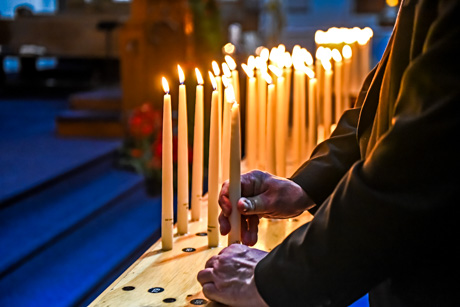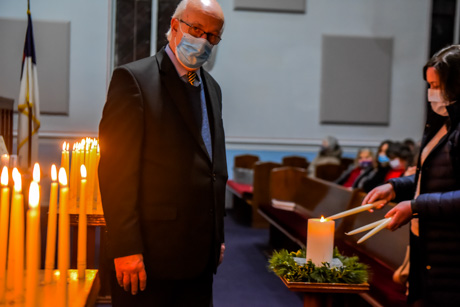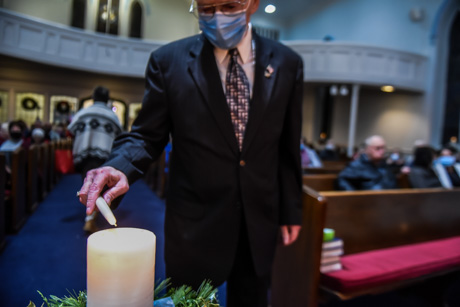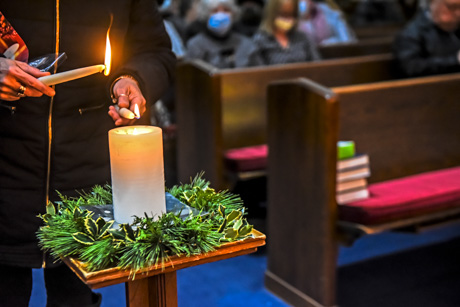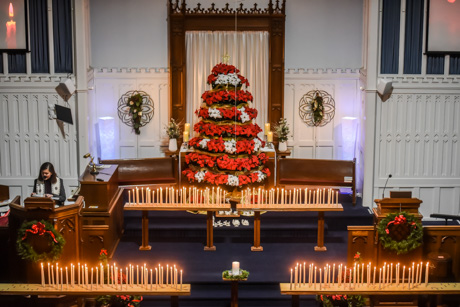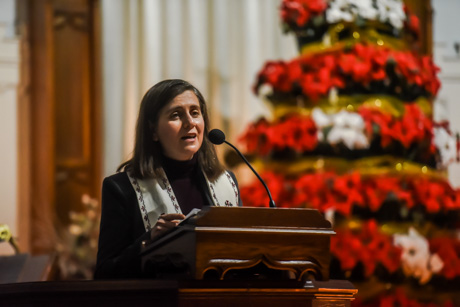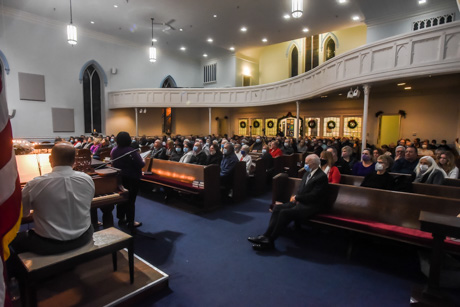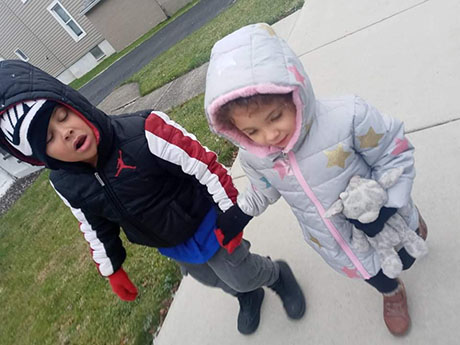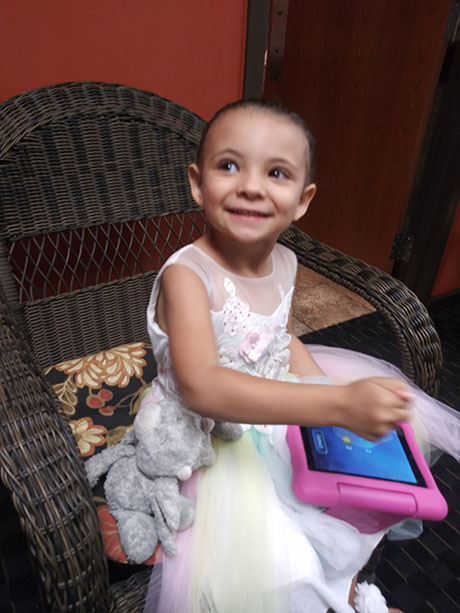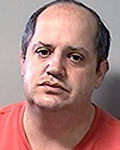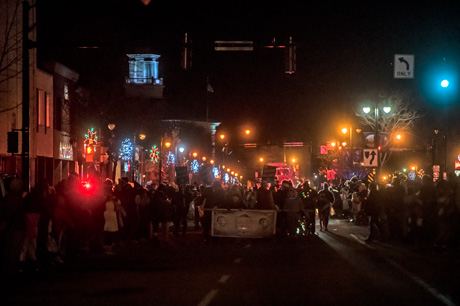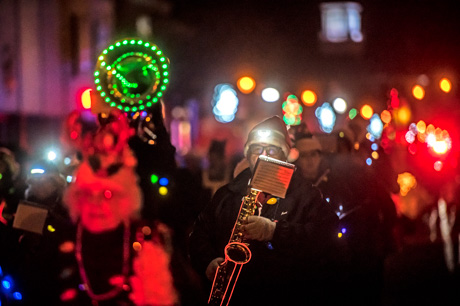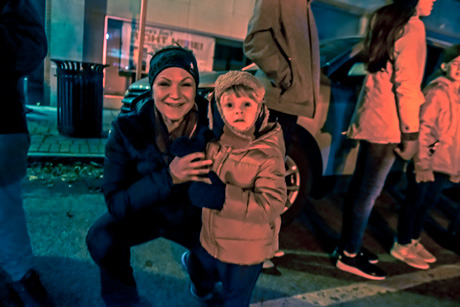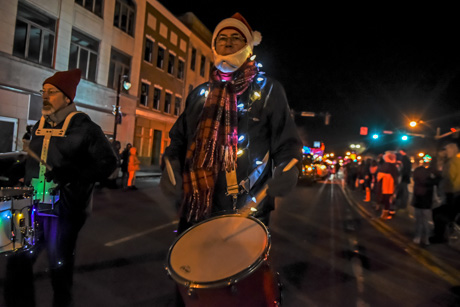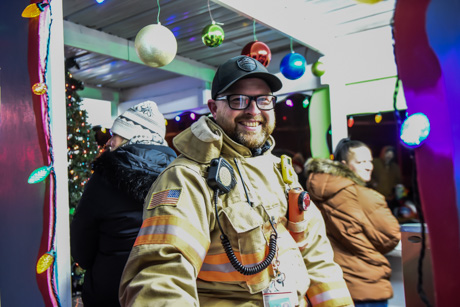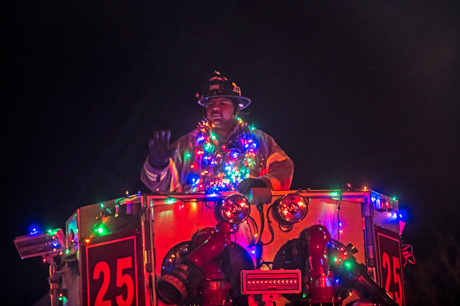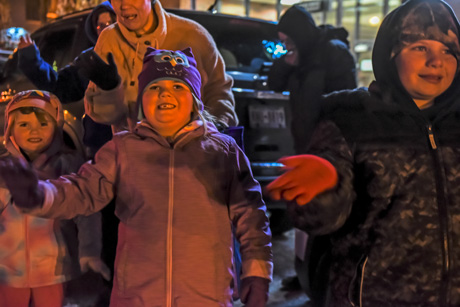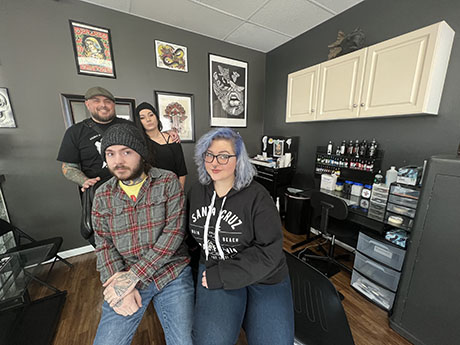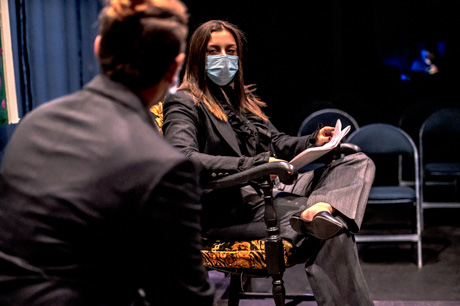Batavia City Schools’ officials respond to criticism of inadequate efforts to quell bullying
Editor’s Note: This is the response from Batavia City School District’s Administration regarding parent and student comments about bullying at district schools. The district closed city schools last Friday, Dec. 3, following the perception of threats of violence and after the distribution of pamphlets and a proposed walk-out in protest of what students believed was a lack of response to bullying.The district closed after reports of threats of violence at buildings in the district began circulating on social media. Per a press release issued on Dec. 2, District officials "worked in close collaboration with the Batavia Police Department and made the decision to close the schools out of an abundance of caution."
To read what the parents had to say about bullying at Batavia HS, click here.
Contrary to the belief of some families that Batavia City School staff doesn’t care about or respond to bullying adequately enough, there are teachers, counselors, administrators, and even student peers in place to support students in need, Interim Superintendent Scott Bischoping says.
“I think it’s important for parents to know we want to work together. We appreciate parent input,” he said during an interview with The Batavian Wednesday. “The folks here are committed to working with the kids and parents to make this district the best we can.”
Bischoping and Batavia High School Principal Paul Kesler agreed that incidents being cited by students do not always have a simple fix. In fact, they are often “far more complex than that,” Bischoping said.
He doesn’t deny that there are “true instances” of bullying that are clear-cut violations of the district’s Code of Conduct, however, “these are the ones that are easiest to work with,” he said.
It is all of the other situations — involving “multiple kids and multiple issues” — that take time to navigate, investigate, decipher and determine who the key players are and what was said and/or done, he said.
“There’s no immediacy involved with that,” Bischoping said. “There’s no one of these that looks alike; each one we go into with a different approach.”
Some students had reported to their parents instances of name-calling using homophobic and/or racist slurs, and that the incidents weren’t being taken seriously by district staff.
Kesler offered a rebuttal: These matters are treated with confidentiality, he said, and therefore information is often kept private while staff investigates the situation.
“We do look into discrimination on any level; it isn’t anything that we tolerate,” Kesler said. “My recommendation is that if a parent calls somebody and they don’t feel the situation has been dealt with, call again. Once we’re made aware of the situation, we know our responsibility is to take care of it. Our goal is for the situation not to happen again.”
Some parents complained that their children were offered opportunities to leave the classroom and remove themselves from their accused bullies. The parents didn’t feel it was fair to remove their child from the classroom or to offer safe space at a counselor’s office, where the alleged bullies were as well. That’s where things can get dicey since counselors are also trying to talk with the accused bullies to try and rectify the situation, he said.
Board of Education President Alice Benedict feels confident that district leaders are responding to family concerns appropriately.
"I talked to Interim Superintendent Bischoping several times, and he reassures me that available counselors and teachers are contending with lots of questions of students and their complaints of bullying," Benedict said. "I think they are doing all they can. It can be overwhelming for teachers and counselors. It seems the tragic death of one of the students seems to have pushed the students' comments of being bullied."
There has been no confirmation of that student's death being related to bullying, however, many families have linked it to other bullying incidents. District officials had no official comment about the death, but have offered condolences to the family at prior board meetings.
What is bullying?
According to the district’s Code of Conduct, the Dignity for All Students Act (pages 15 and 16) “makes sure students are learning how to get along, work together, and respect differences in schools that are safe and welcoming to all.”
“The District strictly prohibits discrimination, harassment and/or bullying against any student, by employees or students, that creates a hostile school environment by conduct, or by threats, intimidation or abuse, including cyberbullying, that: a) has or would have the effect of unreasonably and substantially interfering with a student’s educational performance, opportunities or benefits, or mental, emotional and/or physical well-being; or b) reasonably causes or would reasonably be expected to cause a student to fear for his or her physical safety; or c) reasonably causes or would reasonably be expected to cause physical injury or emotional harm to a student; or d) occurs off school property and creates or would foreseeably create a risk of substantial disruption within the school environment, where it is foreseeable that the conduct, threats, intimidation or abuse might reach school property,” the Code states.
“Such conduct shall include, but is not limited to: acts based on a person’s actual or perceived race, color, weight, national origin, ethnic group, religion, religious practice, disability, sexual orientation, gender (including gender identity or expression) or sex,” it states.
There are students that claim to have been so disturbed and disrupted by the name-calling that they left school and enrolled in a BOCES remote learning program that is completely online. Kesler estimated there to be 25 students enrolled in the program at this time for various reasons that also include parental concerns about the transmission of COVID-19. He would like students to remain in school, but the online program is another option, he said.
Where to turn for help
The district provides four counselors at the high school and another counselor who is shared between the middle and high schools, and additional counseling or social work support is being actively sought, Bischoping said. Part of the American Rescue Plan Act funds of $5 million will go toward supports of instructional and mental health counseling, and other Covid-19 related needs, such as air purifiers, he said.
Other resources include:
- Sources of Strength is a peer-to-peer mentoring program led by a faculty advisor. (See Parents seek help for their bullied children.) “We’re encouraging students not to share publicly another student’s story, but if they’re aware (another student is troubled) … we have an emotional/social learning team,” Kesler said. SOS members may refer a student to that team, which can support the student with “reflective and restorative” measures to help them learn positive behaviors and recognize what to be aware of to deal with mental health challenges.
The We Belong campaign was to bring awareness to breaking stereotypes and being tolerant of all people, the newsletter stated. It focuses on inclusion and acceptance, without regard to race, religion, gender, culture, or other differences.
“Instead, members work to encourage their peers to be proud of who they are and to find strength in the positive characteristics they hold,” it stated. “In line with the District's mottos of belonging together and remaining strong, the Sources of Strength group kicked off the campaign with a mural in the BHS entrance stating, ‘We, the Blue Devils, Belong Together.’”
Throughout March, Sources of Strength members planned to reach out to the student body in a variety of ways, including shared, student-led videos and a lunchtime program aimed to reach as many individual students as possible. A wall art display represents how the entire student body creates one picture all together, regardless of differences, the newsletter stated.
- The parent connection. School officials encourage parents to speak up about concerns. Call the district at 585-343-2480, Ext. 2000 for the high school. “If a parent knows the child is in trouble, we want them to get one-on-one counseling,” Kesler said.
- A counselor has been visiting students in social studies class Mondays and Tuesdays throughout the school year, to check-in and talk about how they’re doing. This is an opportunity for students to connect to a counselor and further discuss any issues they have out of the classroom. “They’re telling students it’s ok to talk to a counselor (teacher, staff, principal) about something,” Kesler said, adding that he has received many emails and phone calls, plus had conversations with at least 100 people that were “positive and supportive” about the recent upheaval of discontent from groups of parents and students. Other students wanted their voices to be heard, he said, which prompted the district to figure out how to support those students that “may be feeling a little isolated.”
- BOCES has a trained trauma-informed grief counselor that is shared by all BOCES districts and available for mental health crises, such as the death of a district teacher.
- National Suicide Prevention Lifeline is available 24 hours a day, seven days a week throughout the United States. If you’re thinking about suicide, are worried about a friend or loved one, or would like emotional support, call the free and confidential Lifeline at 1-800-273-8255. For more information, go to suicidepreventionlifeline.org
COVID Complications …
The pandemic — which closed school, placed students at home on a computer, and created massive social distancing — did its share of damage amongst students, Kesler said. CBS News reported that the United States Surgeon General issued an advisory this week about a mental health crisis that is worsening amongst youth.
The number of youth experiencing depressive and anxiety symptoms, the advisory stated, doubled during the pandemic to 25% and 20% respectively, and in early 2021, emergency room visits for suicide attempts in the U.S. were 51% higher for adolescent girls and 4% higher for adolescent boys compared to the same time in 2019.
Kesler agreed that school districts are experiencing a similar pattern, according to counselor reports.
“Students are realizing that their mental health needs more priority, we’ve certainly seen that,” he said.

